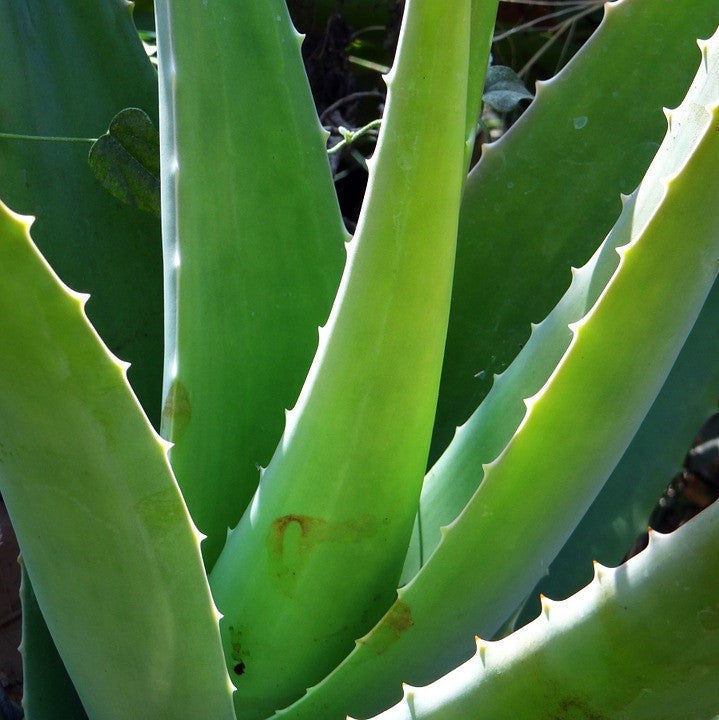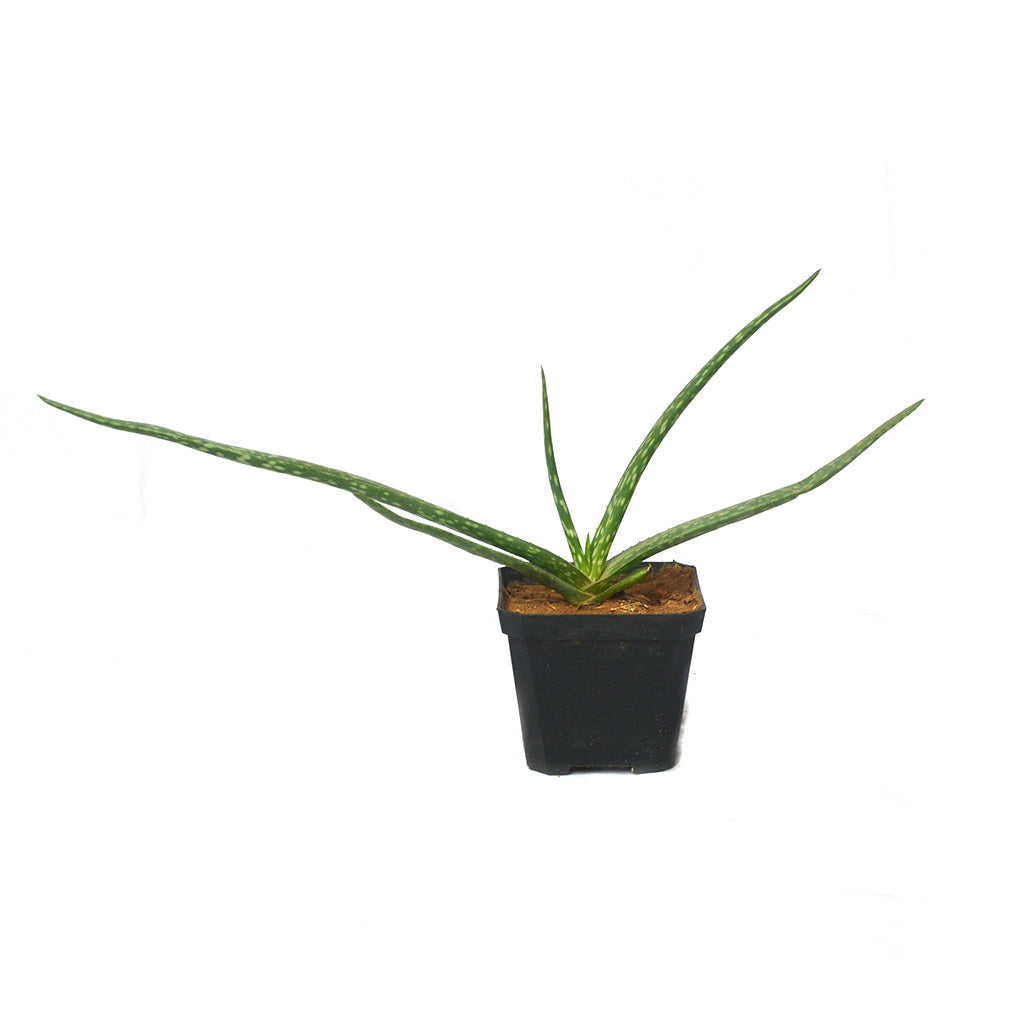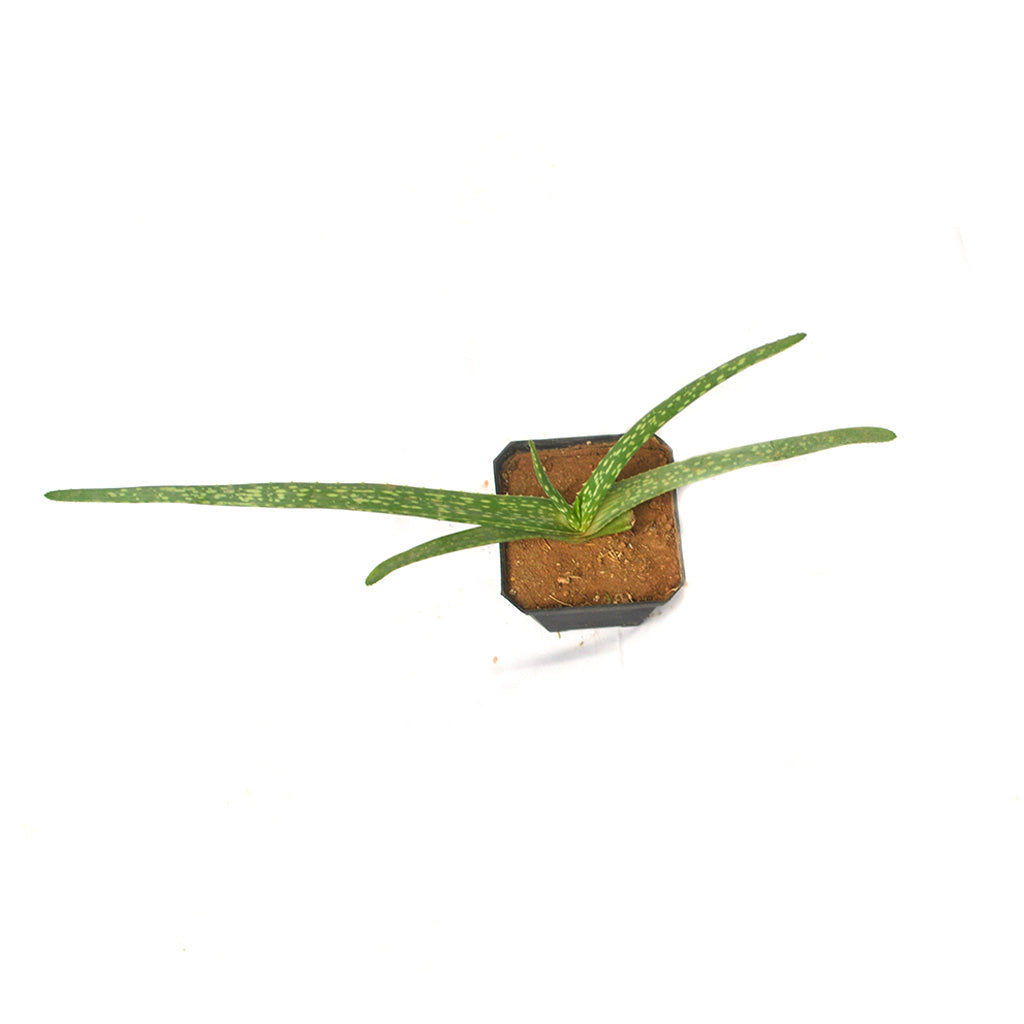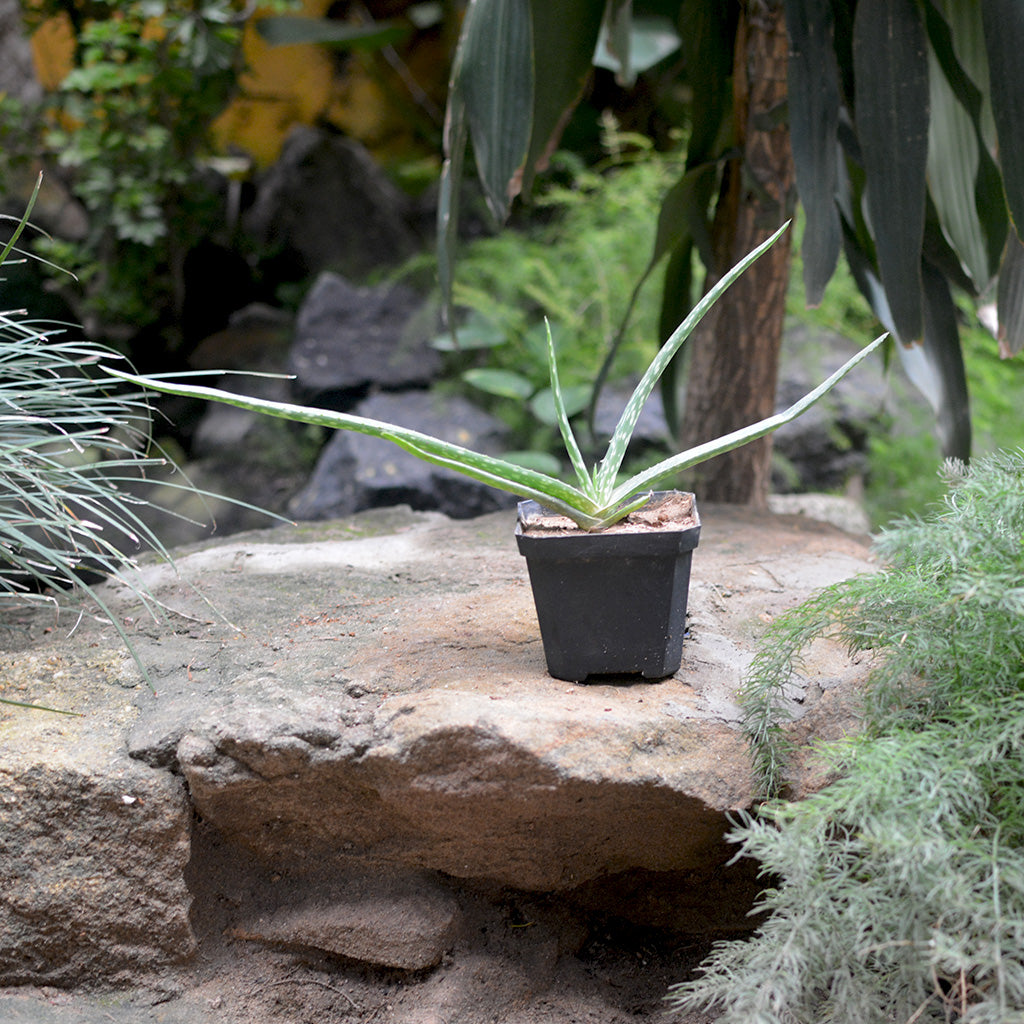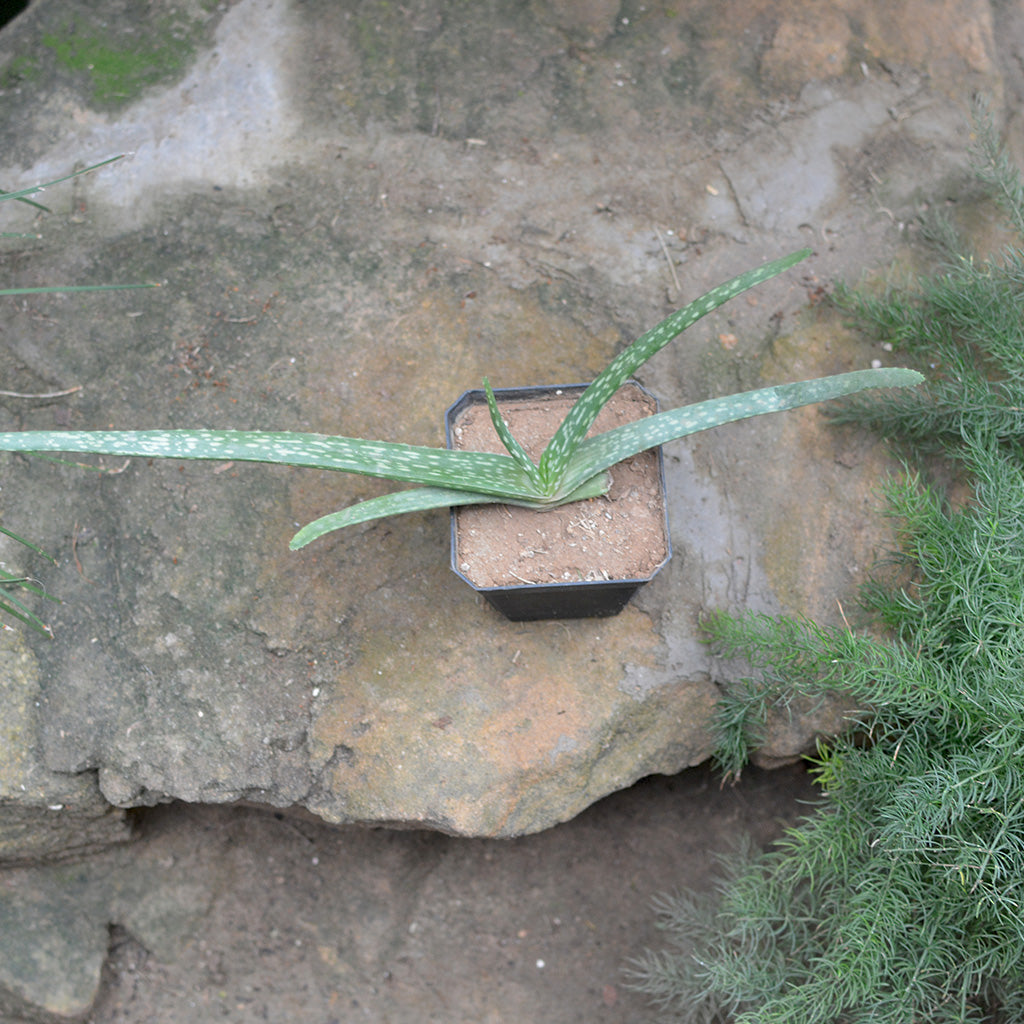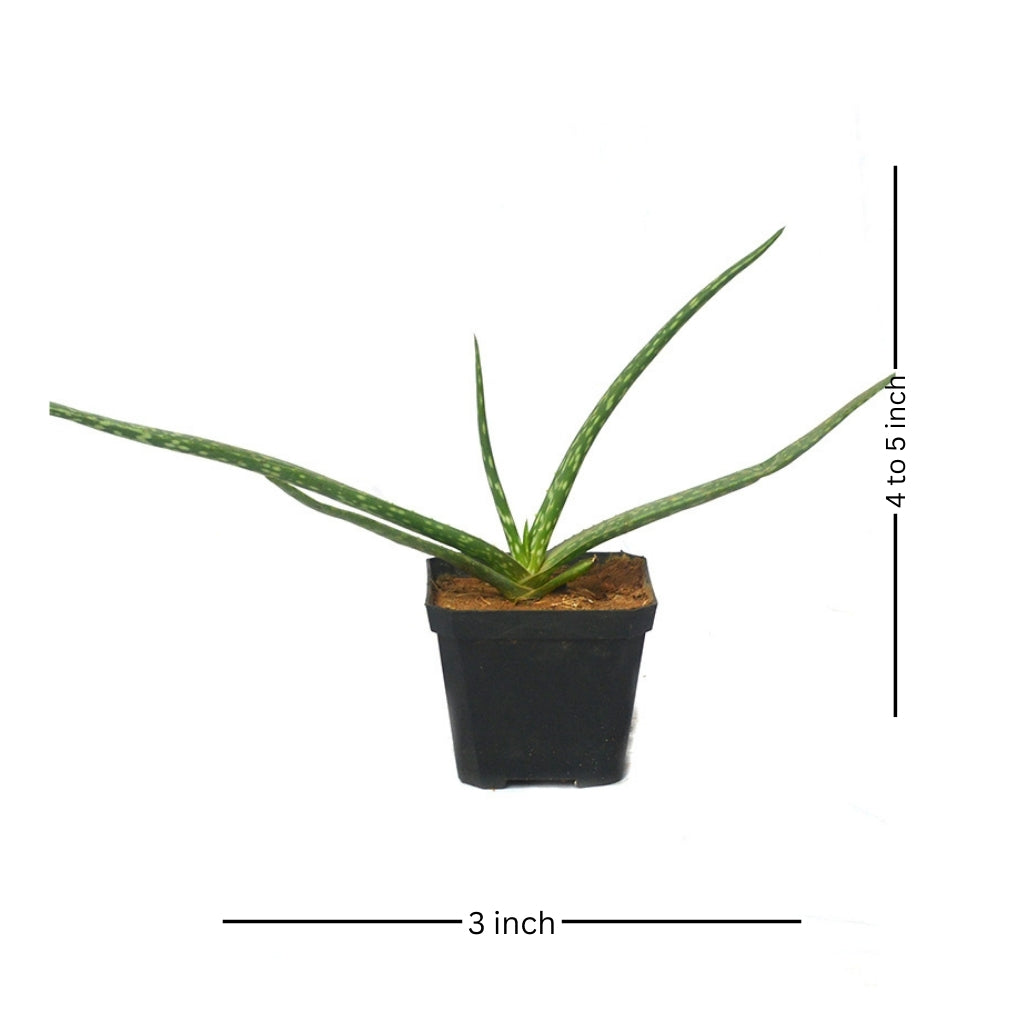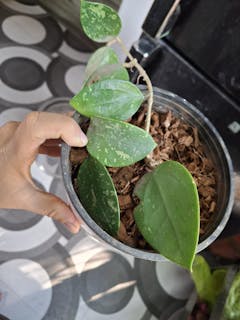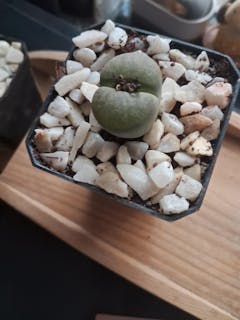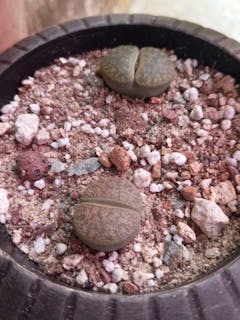Most succulents need to be watered twice a week during summers and only once in monsoon & winters. Varieties like Haworthias, Crassulas and Gasterias are well suited for low-light indoors and window-sills. If the leaves get too bulky, it is a sign of overwatering & if the leaves look shrivelled it is a sign of less watering.
As a general rule of thumb, all the ones with colourful leaves like Echeverias, Sedeveria and Graptopetalum like bright sunlight and semi shade in extreme summers. They cannot be kept indoors or in full shade. All succulents love morning sun.
You can fertilise your succulent once a month.
Watering tips : Make sure NOT to water on the plant itself. Water directly in the soil. You can use a cup or a glass to make sure the water does not spray on leaves. When watering, make sure water comes out of the drainage hole.
You can check our video on how to water succulents on : https://youtu.be/GnzodkMYcmg
Most succulents need to be watered twice a week during summers and only once in monsoon & winters. Varieties like Haworthias, Crassulas and Gasterias are well suited for low-light indoors and window-sills. If the leaves get too bulky, it is a sign of overwatering & if the leaves look shrivelled it is a sign of less watering.
As a general rule of thumb, all the ones with colourful leaves like Echeverias, Sedeveria and Graptopetalum like bright sunlight and semi shade in extreme summers. They cannot be kept indoors or in full shade. All succulents love morning sun.
You can fertilise your succulent once a month.
Watering tips : Make sure NOT to water on the plant itself. Water directly in the soil. You can use a cup or a glass to make sure the water does not spray on leaves. When watering, make sure water comes out of the drainage hole.
You can check our video on how to water succulents on : https://youtu.be/GnzodkMYcmg
Barbados Aloe
Family
Asphodeloideae
Origin
Arabian Peninsula
Description
Aloe vera is a stemless or very short-stemmed succulent plant growing up to 1 m tall, spreading by offsets. The leaves are thick and fleshy, green to grey-green, with some varieties showing white flecks on the upper and lower stem surfaces. The margin of the leaf is serrated and has small white teeth. The flowers are produced in summer on a spike up to 35 inches tall, each flower being pendulous, with a yellow tubular corolla up to 3 cm long
Aloe vera is the most encountered species of aloe and the most well known for delivering powerful health benefits ,The medicinal uses of aloe vera are amazing, as the benefits of aloe vera remedies are truly significant.
Environment
When growing Aloe Vera plants, plant them in a cactus potting soil mix or a regular potting soil that has been amended with additional perlite or building sand. Also, make sure that the pot has plenty of drainage holes. It cannot tolerate standing water. One important thing in the care of Aloe Vera houseplants is that they have proper light. They need bright light, so they do best in south- or west-facing windows. Another important part of how to grow an Aloe Vera is to water the plant properly. The soil should be allowed to go completely dry before being watered. When the plant is watered, the soil should be thoroughly drenched, but the water should be allowed to drain freely from the soil
Landscape Use
Suitable for Container, Rock Garden & Xeriscaping

